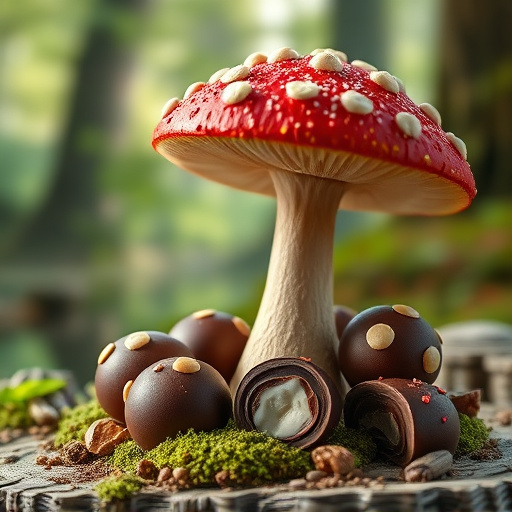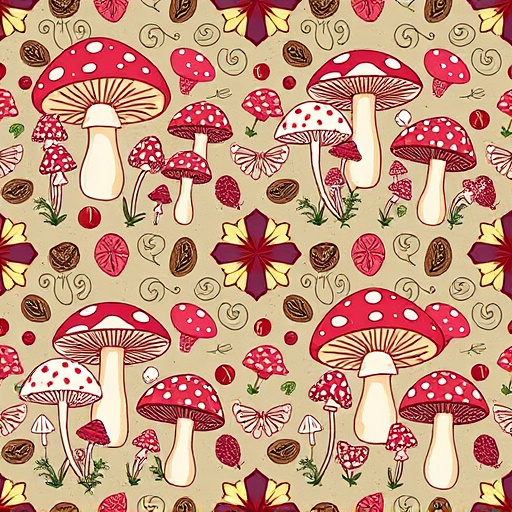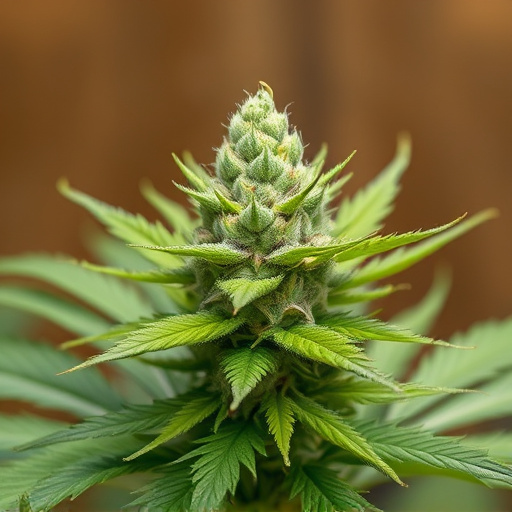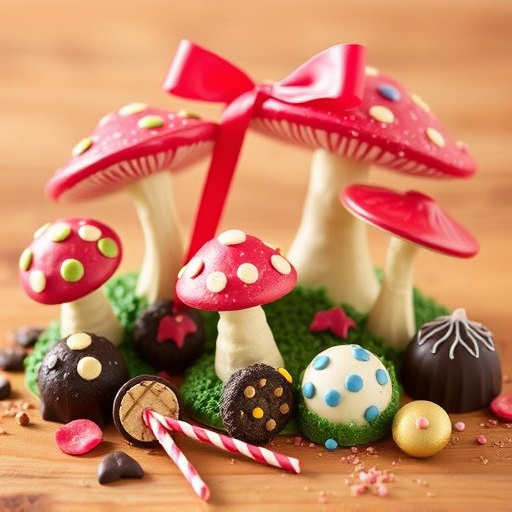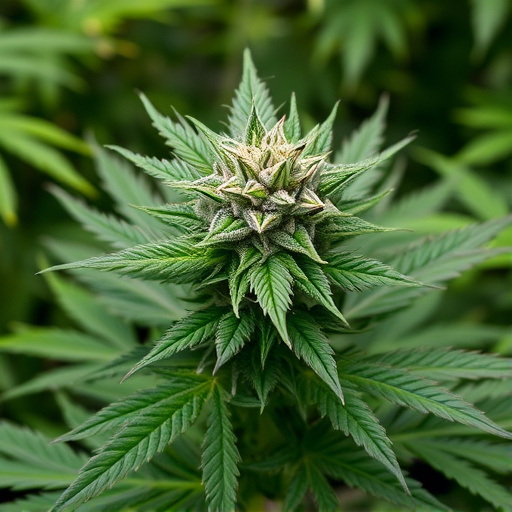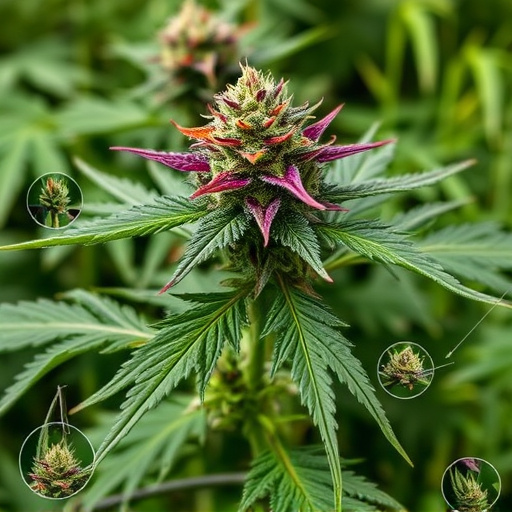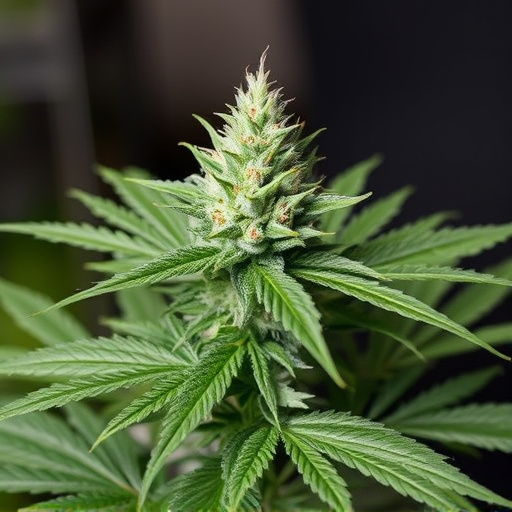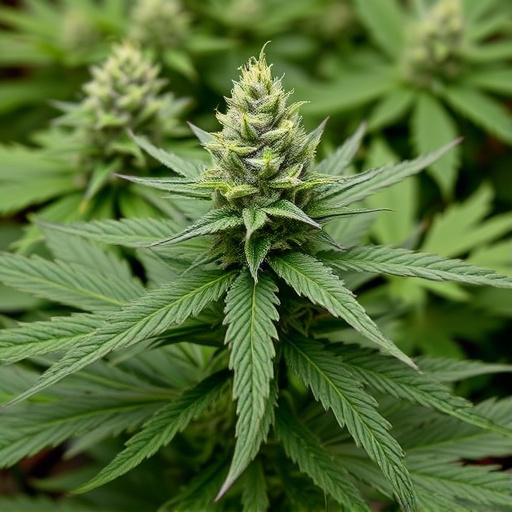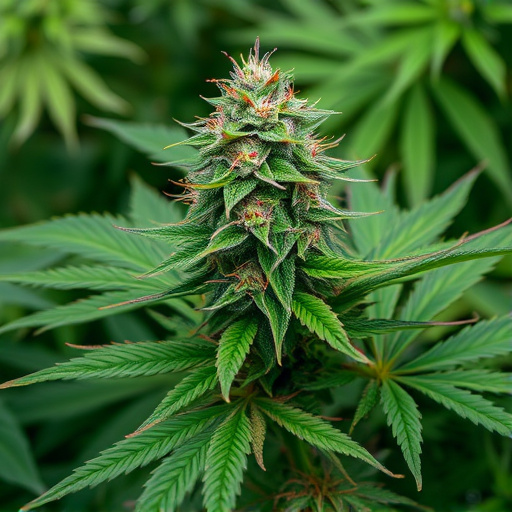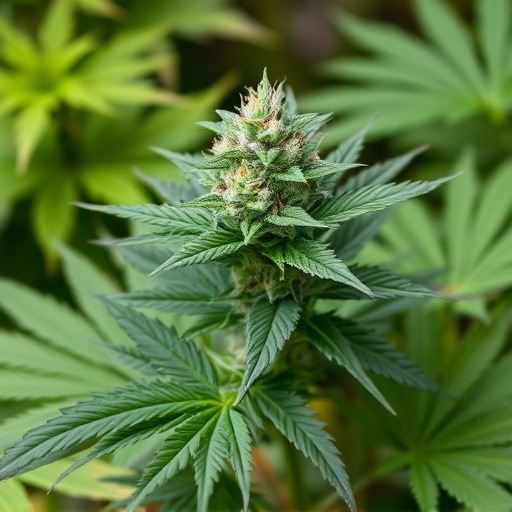Evaluating cannabis flowers involves using visual and olfactory cues, such as checking for discoloration, mold, and off-odors, to identify spoilage and ensure quality. Optimal storage conditions at 18-24°C (64-75°F) and 60% humidity slow down degradation. Clear labeling by cultivators or retailers helps consumers understand expected shelf life and storage guidance, facilitating the identification of high-quality strains and safe consumption. Maintaining proper hygiene during growth and handling is crucial to prevent spoilage, contamination, and adulteration.
Thinking your cannabis flower might be past its prime? This guide helps you spot signs your strains have gone bad. We’ll break down the visual and olfactory cues that indicate impaired quality, explore optimal shelf life and storage conditions, and uncover common causes of contamination and spoilage. By understanding these factors, you can ensure you’re always enjoying top-tier cannabis. Learn how to identify problematic strains and prevent unwanted experiences.
- Visual and Olfactive Cues for Impaired Cannabis Quality
- Understanding Shelf Life and Storage Conditions
- Common Causes of Contamination and Spoilage
Visual and Olfactive Cues for Impaired Cannabis Quality
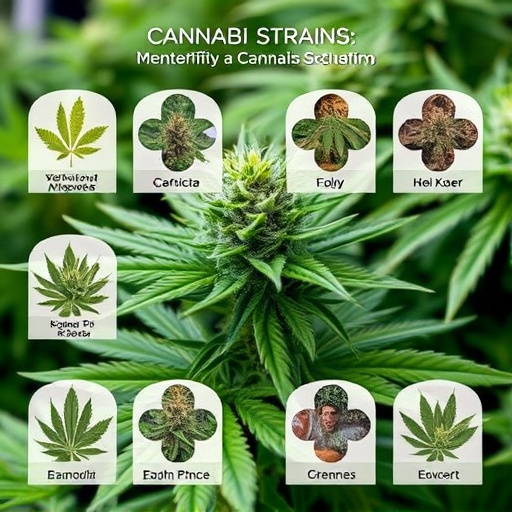
When assessing whether cannabis flowers have gone bad, visual and olfactive cues are key indicators of impaired quality. The first step in identifying cannabis strains is to carefully examine the appearance. Discoloration, such as brown or black spots, is a clear sign that the flower may be stale or contaminated. Mold or mildew growth, often visible as fuzzy patches, not only alters the aesthetics but also poses health risks and can negatively impact the overall experience.
Beyond visual inspection, the scent of cannabis plays a significant role in determining its freshness. A strong, pleasant aroma is typically a good sign of quality. Conversely, off-odors like musty, earthy, or sour notes could indicate spoilage or improper storage conditions. These sensory cues are crucial for discerning the optimal time to consume different cannabis strains and ensuring a satisfying experience.
Understanding Shelf Life and Storage Conditions
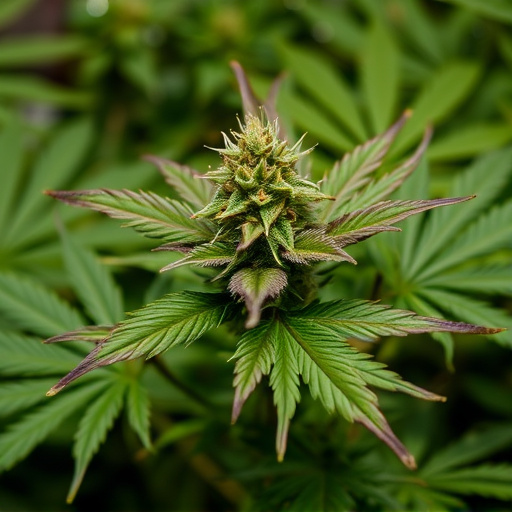
Cannabis flowers, like any other perishable product, have a shelf life that depends on various factors, including storage conditions. Understanding these dynamics is crucial when identifying cannabis strains and ensuring their quality. Optimal storage involves maintaining a consistent temperature between 18-24°C (64-75°F) and relative humidity levels around 60%. Avoid exposing cannabis to direct sunlight or extreme temperatures, as these can accelerate spoilage.
Proper storage can significantly extend the lifespan of cannabis flowers, allowing you to appreciate their unique flavors and effects for a more extended period. When shopping for cannabis strains, look for products with clear labeling that indicate harvest date, expected shelf life, and storage recommendations from the cultivator or retailer.
Common Causes of Contamination and Spoilage
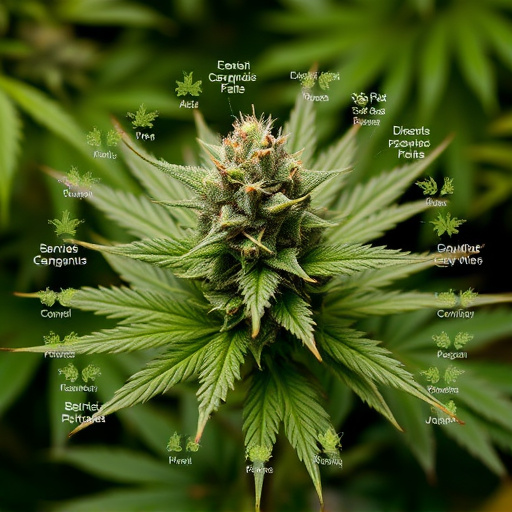
Cannabis flowers can spoil or become contaminated for various reasons, which may impact both their quality and safety for consumption. One common cause is environmental factors such as exposure to excessive moisture, heat, or light. Improper storage conditions, especially if the flowers are not kept in airtight containers or at the right temperature, can accelerate spoilage.
Another significant issue is contamination during the growing process. Poor hygiene practices, use of contaminated equipment, or handling of cannabis plants with unwashed hands can introduce bacteria, fungi, or other pathogens into the flowers. Additionally, some growers may intentionally add undesirable substances to enhance appearance or scent, which can harm the consumer’s experience and health. Identifying these issues is crucial for discerning high-quality cannabis strains and ensuring a safe consumption experience.
When determining if your cannabis flower has gone bad, pay close attention to both visual and olfactory cues. If you notice any signs of mold, discoloration, or a pungent, off-odor, it’s likely spoiled. Proper storage is key; keep flowers in an airtight container at a cool, dark temperature for extended shelf life. By understanding common causes of contamination and spoilage, like improper cultivation practices or inadequate storage, you can better identify high-quality cannabis strains and avoid disappointment. Regularly inspect your supply to ensure optimal freshness and enjoyment.

